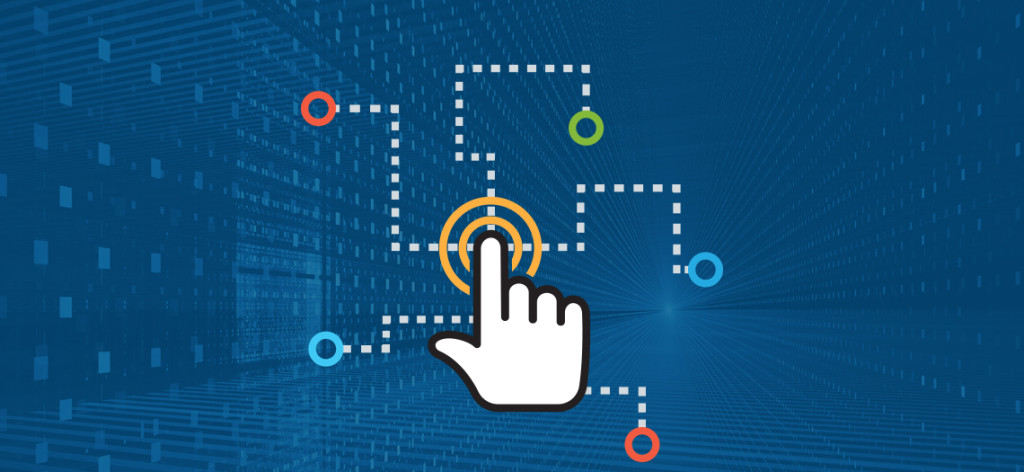In software development, integrating new technologies with existing systems is a common challenge. One programming language that has gained significant traction for its efficiency and simplicity is Go or Golang.
Understanding the Appeal of Go
Go, developed by Google, is powerful and is loved for its simplicity, great performance, and support for concurrent work. These attributes make it most suitable for enterprises with the objectives of reducing depth in their applications while enhancing flexibility.
Go is an easy language in terms of writing as it taps into the strong standard library, and hence can accomplish much with a few lines, thereby making it easier to maintain.
When considering Go integration, it’s often wise to hire GO developers who are experienced not only in Go itself but also in integrating it within diverse environments.
Strategic Integration of Go
For enterprises considering the integration of Go into their technology stacks, the first step is understanding where Go fits best. Generally, Go is favorable for backend development with applications in the microservices, network servers, and data pipeline dominion.
Therefore, when an enterprise is considering Go, it is best to begin with individual use cases/segments where Go offers substantive advantages, such as efficient concurrent processing and memory management.
Phased Integration Approach
This gradual approach to Go integration reduces the risk of disruption and enables the monitoring of its effects on the system’s performance and reliability over time. Begin by introducing Go in a small, non-critical part of your system, such as an internal API or a new microservice designed to handle a specific task.
This allows your team to gain familiarity with the language and its tooling without the pressure of immediate large-scale deployments.
Pilot Projects
Starting with pilot projects offers a dual advantage. Firstly, it is useful as an implementation experience for your development team. Second, it gives tangible results that one can use to continue with the integration of Go into the technology systems.
Pilot projects should be chosen based on criteria such as the need for improved performance, adaptability, and easier maintenance—areas where Go can provide significant benefits.
Training and Upskilling Your Team
As Go might be new to many members of your development team, organizing training sessions and workshops is important. Such educational initiatives should include basic and advanced aspects of the Go programming language with an emphasis on how to incorporate them into existing frameworks.
Encouraging your team to contribute to Go-based projects and participate in Go communities can also enhance their skills more organically.
Community Engagement
Engaging with the broader Go community can provide valuable insights and support. Some developers and some companies put their experience and their guidelines in the forums, conferences, and through the open source products they put on the Internet.
It is very useful for searching for a solution to a problem and for knowing the recent trends in programming with the Go language.
Monitoring and Optimization
After deploying Go in pilot projects, continuous monitoring is essential to understand its impact and optimize performance. Convey and assess overall performances that will contribute to future developments of projects and expansion of Go’s uses in the tech world.
Feedback Loops
Establish feedback loops that allow developers to report on their experiences with Go, what works well, and what could be improved. This is important to better understand what specific areas you should improve in your integration strategy and whether Go really makes your technology stack better or worse.
Conclusion
When adopting Go into a pipeline of technologies and platforms it is necessary to think carefully, hire competent developers, and change the game plan when necessary. Therefore, by starting small, focusing on education, and choosing the right projects, enterprises can indeed leverage Go to improve the efficiency of their applications and the sophistication of their development.

